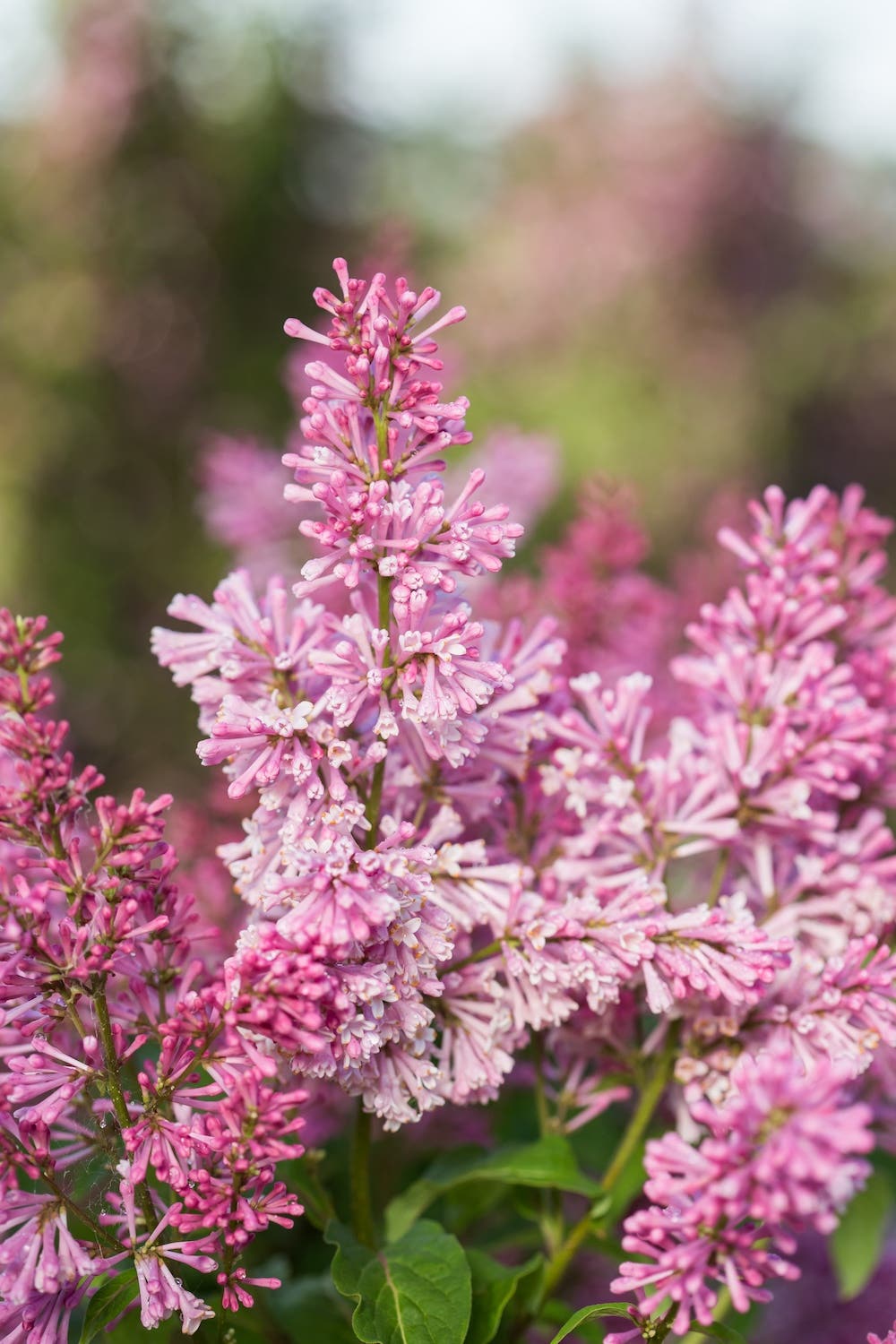Plan, Plant and Grow an Invisible Edible Garden
There are many edibles that can be added to an ornamental garden without decreasing the beauty of the landscape. Amaranth and quinoa are lovely, tall flowering plants that are grown…
There are many edibles that can be added to an ornamental garden without decreasing the beauty of the landscape. Amaranth and quinoa are lovely, tall flowering plants that are grown primarily for their edible seeds, though the leaves of quinoa can also be eaten when the plants are young. They come in a variety of colors and would make a dramatic backdrop in any sunny landscaped area.
The flowers of the vegetable okra, shown above, are so gorgeous that many people plant it for that reason alone. Of course it would be a shame to not harvest the vegetables when they are small and use them in a seafood gumbo or the Indian dish bindi masala.
Flax can be found in blue, white red and gold varieties. They produce a delicate flower with feathery leaves on stems that range from one to three feet high. The edible portion is the seed that follows the flower, and it can be used in baking or as a substitute for eggs or oil in many recipes. (Read more on growing flax.)
Nasturtiums are just one of the many flowers that are edible. They produce a variety of colors and have a slight peppery flavor. They are most often used in salads or as a garnish, and we have even seen them frozen in ice cubes to add a touch of whimsy to punchbowls.
Herbs, too numerous to name, are a common edible found in ornamental gardens. Some are grown for their gorgeous leaves, like purple and green basils. Others produce very exotic-looking flowers; milk thistle is a good example. There are a number of herbs that are perennial, cutting down on the need to replant. Others are annual plants, but they will often reseed themselves with abandon. (Depending on your area, some herbs can be quite aggressive. Anything in the mint family, which also includes balms and oregano, can take over a garden and are best planted in containers.)
Carrots and parsnips grow their edible portions below ground, but you see pretty, delicate, fern-like leaves above. The tops can get to about two feet tall, but they are wispy and gently bend over making them a very attractive plant.
Ornamental hot peppers, such as ‘Chinese 5 Color’, add novelty as well as edibility to the garden. This particular mildly hot variety changes color from purple to cream, then to yellow, orange and finally red. At any given time you will likely have all the colors scattered about the plant. It is a compact variety, and it can also be container grown.
Sweet potatoes, related to morning glories, make a beautiful vining groundcover. Who would suspect that under those pretty leaves, which are also edible, there is a storehouse of nutrition? If you have an area that is tiered, sweet potatoes would be wonderful to grow along the edge so that the leaves could cascade down.
Wild purslane is considered a weed by many gardeners, yet it is actually quite nutritious. The cultivated varieties have a much nicer appearance than the wild type, with their thick leaves and delicate flowers. The leaves are the edible portion and are often added to salads. It may be rampant in your area, because although it is considered an annual, it will reseed itself. You can help prevent this by removing the flowers as they appear, or at least before they have a chance to set and scatter seed.
Gardening Jones is a Pennsylvania-based master gardener. Read her other Horticulture posts here and learn more at gardeningjones.com/.
_____________________________________________
The Veggie Gardener's Answer Book covers all the challenges and questions you may face as you plan, plant, tend and reap from your edible garden.
Get 5 beautiful, aromatic, flavorful varieties of basil in the Basil Lovers Bonanza seed collection from Renee's Garden, or choose the Easy to Grow Container Herb Garden seed collection.
Make the most of a small garden space with the techniques for mixing edible and ornamental plants, using containers, building soil and more in I Garden: Urban Style.







